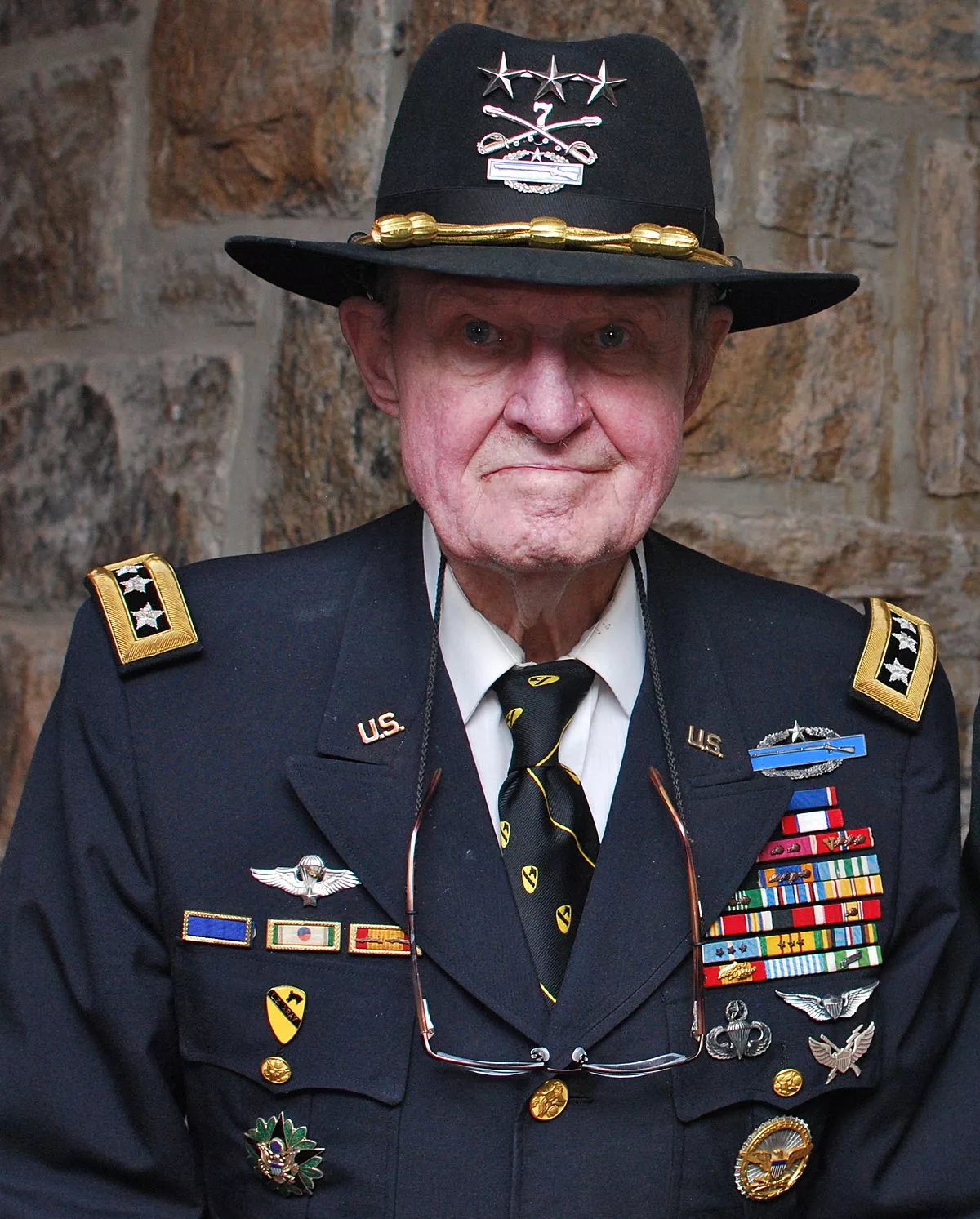 1.
1. Hal Moore was awarded the Distinguished Service Cross, the US Army's second-highest decoration for valor, and was the first soldier in his West Point graduating class of 1945 to be promoted to brigadier general, major general, and lieutenant general.